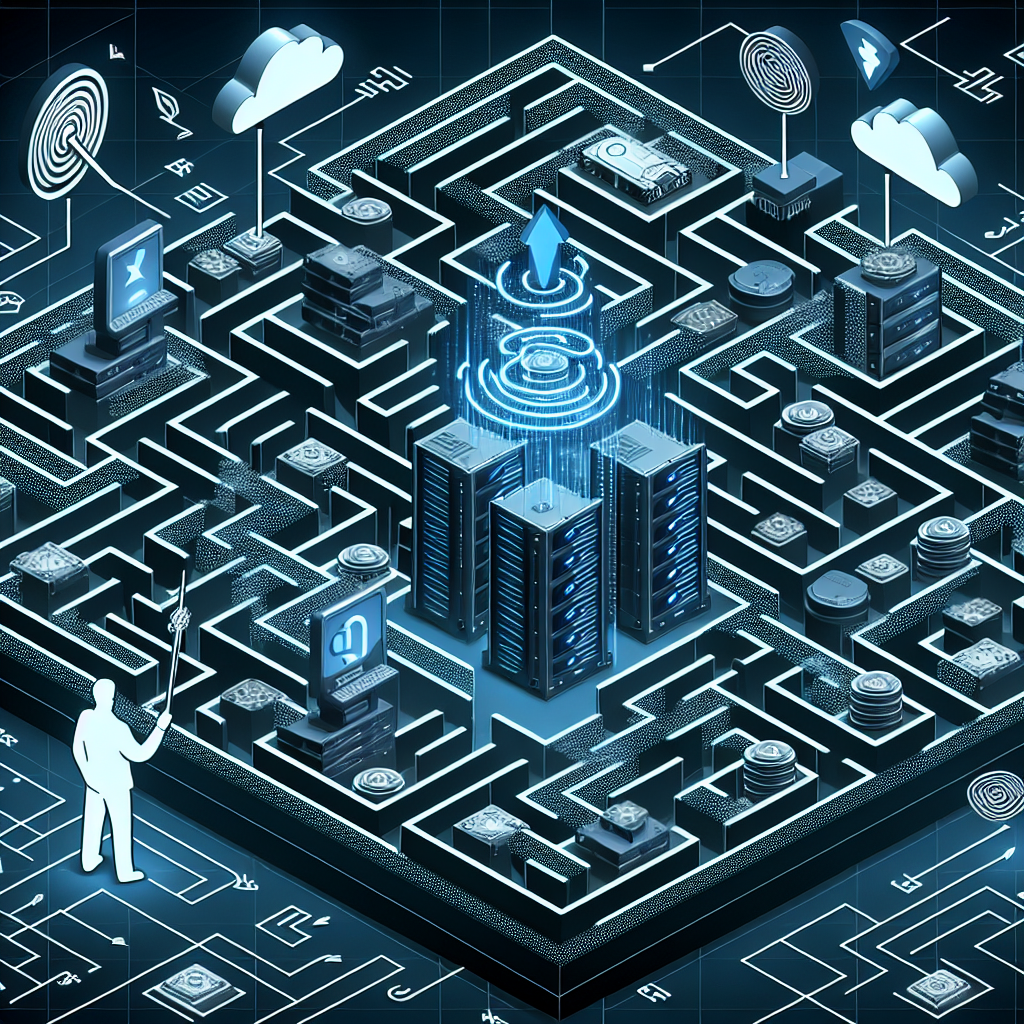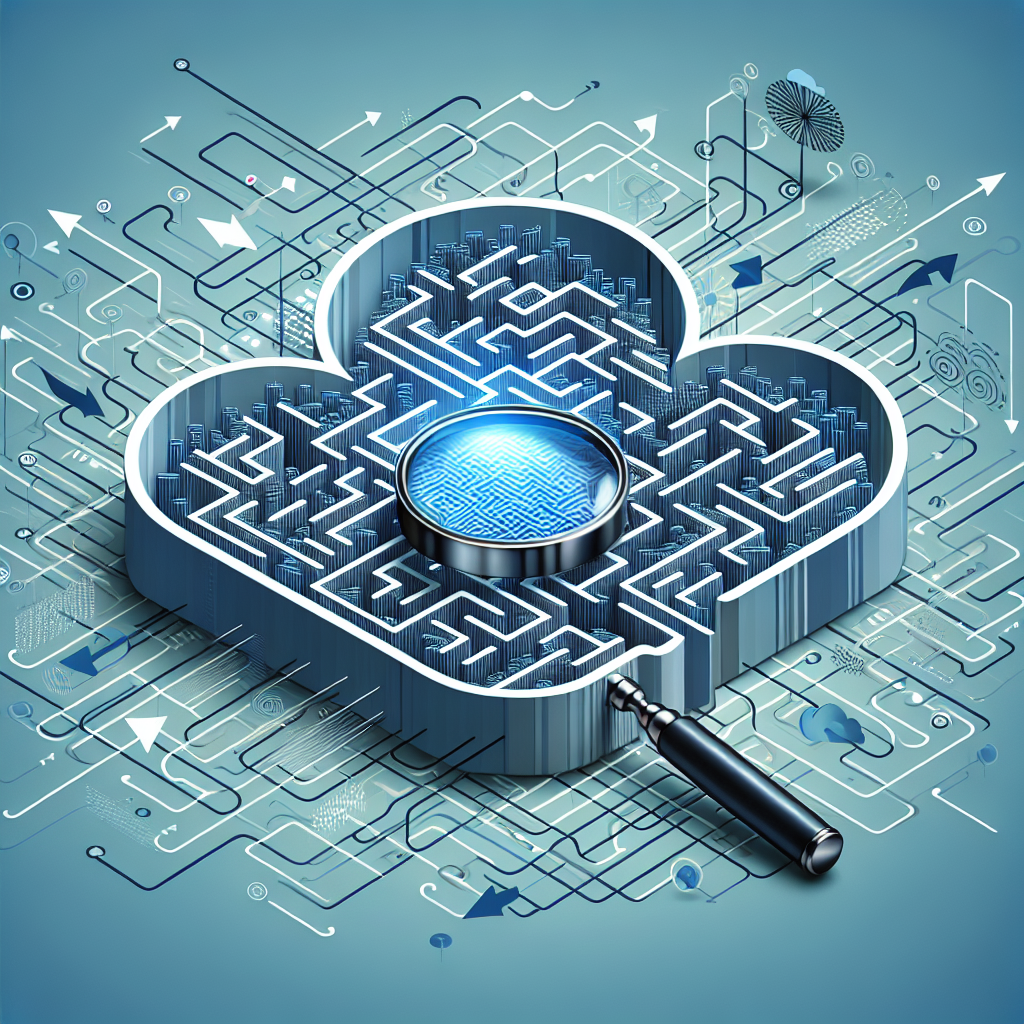Your cart is currently empty!
Tag: Complexities

Navigating the Complexities of Data Center Storage Management
Data centers are the backbone of modern businesses, housing the critical infrastructure and data that keep operations running smoothly. As the volume of data continues to grow exponentially, managing data center storage has become increasingly complex. Navigating this complexity requires a strategic approach to storage management that ensures data is secure, accessible, and optimized for performance.One of the key challenges in data center storage management is the sheer volume of data being generated and stored. With the rise of big data, IoT devices, and cloud computing, organizations are accumulating vast amounts of data that must be stored and managed efficiently. This requires a robust storage infrastructure that can scale to meet growing storage demands while maintaining high levels of performance.
Another challenge in data center storage management is the diversity of storage technologies available. From traditional spinning disk drives to solid-state drives (SSDs) and emerging technologies like NVMe and storage-class memory, there are a myriad of options for storing data. Each technology has its own strengths and weaknesses, and organizations must carefully evaluate their storage needs to determine the best storage solution for their specific requirements.
In addition to choosing the right storage technology, organizations must also consider data management practices such as data deduplication, compression, and tiering. These practices help optimize storage efficiency and performance by reducing redundant data, maximizing storage capacity, and ensuring that data is stored on the most appropriate storage tier based on its access frequency and performance requirements.
Security is another critical consideration in data center storage management. With the increasing prevalence of cyber threats and data breaches, organizations must implement robust security measures to protect their data. This includes encryption, access controls, and monitoring tools to detect and respond to potential security threats.
To navigate the complexities of data center storage management, organizations should consider implementing a comprehensive storage management strategy. This strategy should include regular data audits to assess storage usage and performance, capacity planning to anticipate future storage needs, and disaster recovery planning to ensure data is protected in the event of a storage failure or data breach.
By taking a strategic approach to data center storage management, organizations can ensure that their data is secure, accessible, and optimized for performance. With the right storage infrastructure and management practices in place, businesses can effectively navigate the complexities of data center storage and position themselves for success in the digital age.

Navigating the Complexities of Data Center Risk Assessment Strategies
In today’s digital age, data centers play a crucial role in ensuring the smooth functioning of businesses and organizations. These facilities house a vast amount of sensitive and critical information, making them a prime target for cyberattacks and other threats. As such, it is essential for businesses to have robust risk assessment strategies in place to protect their data centers from potential risks and vulnerabilities.One of the key challenges in developing an effective data center risk assessment strategy is navigating the complexities of the modern data center environment. Data centers are no longer limited to a single physical location; they can be spread across multiple sites, or even exist in the cloud. This distributed nature of data centers can make it challenging to identify and mitigate risks effectively.
To navigate these complexities, businesses need to adopt a holistic approach to data center risk assessment. This involves taking into account various factors, such as the physical security of the data center facilities, the cybersecurity measures in place, and the resilience of the infrastructure. By considering all these aspects together, businesses can develop a comprehensive risk assessment strategy that addresses the diverse threats faced by their data centers.
One important aspect of data center risk assessment is conducting regular audits and assessments to identify potential vulnerabilities. This can involve conducting penetration testing to identify weaknesses in the cybersecurity defenses, as well as assessing the physical security measures in place at the data center facilities. By regularly evaluating and updating their risk assessment strategies, businesses can stay ahead of potential threats and ensure the security of their data centers.
Another key consideration in data center risk assessment is compliance with regulatory requirements and industry standards. Many industries have specific regulations governing data security and privacy, such as the GDPR in Europe or HIPAA in the healthcare industry. Businesses need to ensure that their data center risk assessment strategies align with these regulations to avoid costly fines and penalties.
In conclusion, navigating the complexities of data center risk assessment strategies requires a comprehensive and proactive approach. By considering the diverse threats faced by data centers, conducting regular audits and assessments, and ensuring compliance with regulatory requirements, businesses can protect their critical data and ensure the smooth functioning of their operations. With the right risk assessment strategy in place, businesses can mitigate potential risks and safeguard their data centers against a wide range of threats.

Navigating the Complexities of Data Center Power Distribution
Data centers are the backbone of the digital world, housing the servers and infrastructure that power our online activities. However, the smooth operation of these data centers relies heavily on an often-overlooked aspect – power distribution.Navigating the complexities of data center power distribution can be a daunting task, as it involves managing the flow of electricity to various components within the facility. From ensuring redundancy and reliability to optimizing efficiency and scalability, there are numerous factors to consider when designing and maintaining a data center’s power distribution system.
One of the key considerations in data center power distribution is redundancy. Redundancy is crucial to ensure uninterrupted power supply to critical equipment in the event of a power outage or equipment failure. This can be achieved through the use of dual power feeds, backup generators, and uninterruptible power supply (UPS) systems. By implementing redundant power distribution paths, data centers can minimize the risk of downtime and ensure continuous operation.
Another important aspect of data center power distribution is efficiency. With the increasing demand for computing power, data centers are under pressure to maximize the use of electricity while minimizing waste. This can be achieved through the use of energy-efficient power distribution equipment, such as transformers, switchgear, and power distribution units (PDUs). By optimizing the efficiency of their power distribution systems, data centers can reduce their energy consumption and operating costs.
Scalability is also a key consideration when designing a data center’s power distribution system. As data center requirements evolve and grow, the power distribution system must be able to accommodate changing needs. This can be achieved through modular and scalable power distribution solutions that can easily be expanded or upgraded as needed. By planning for scalability from the outset, data centers can future-proof their power distribution systems and avoid costly retrofitting or upgrades down the line.
In conclusion, navigating the complexities of data center power distribution requires careful planning and consideration of various factors, including redundancy, efficiency, and scalability. By investing in a robust power distribution system, data centers can ensure reliable operation, minimize downtime, and optimize energy efficiency. With the increasing importance of data centers in today’s digital economy, it is essential for organizations to prioritize power distribution as a critical component of their overall data center strategy.
